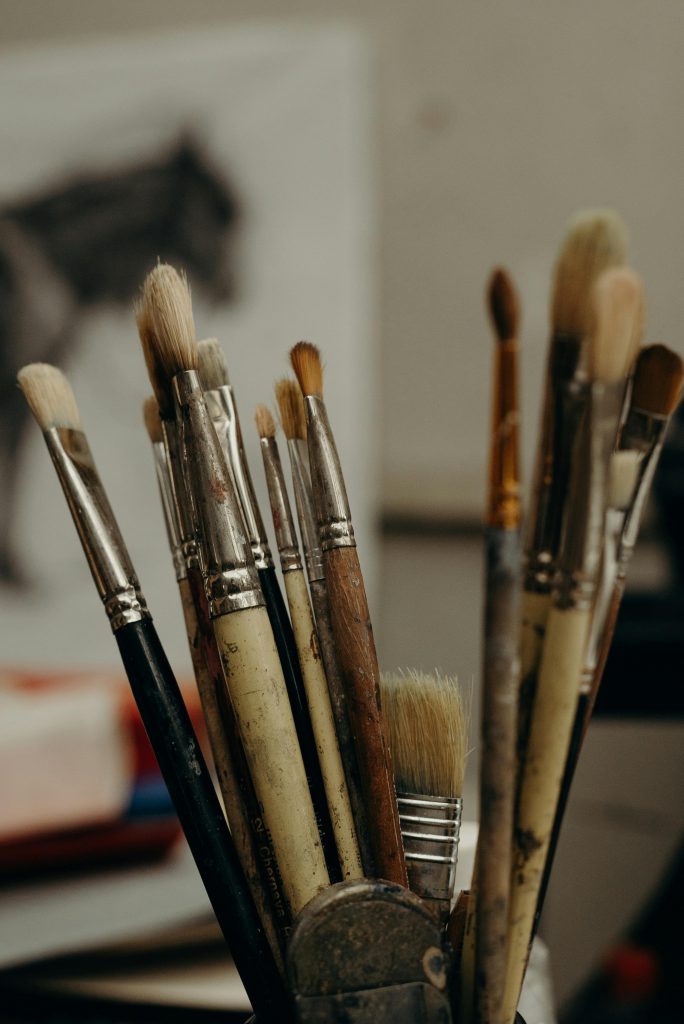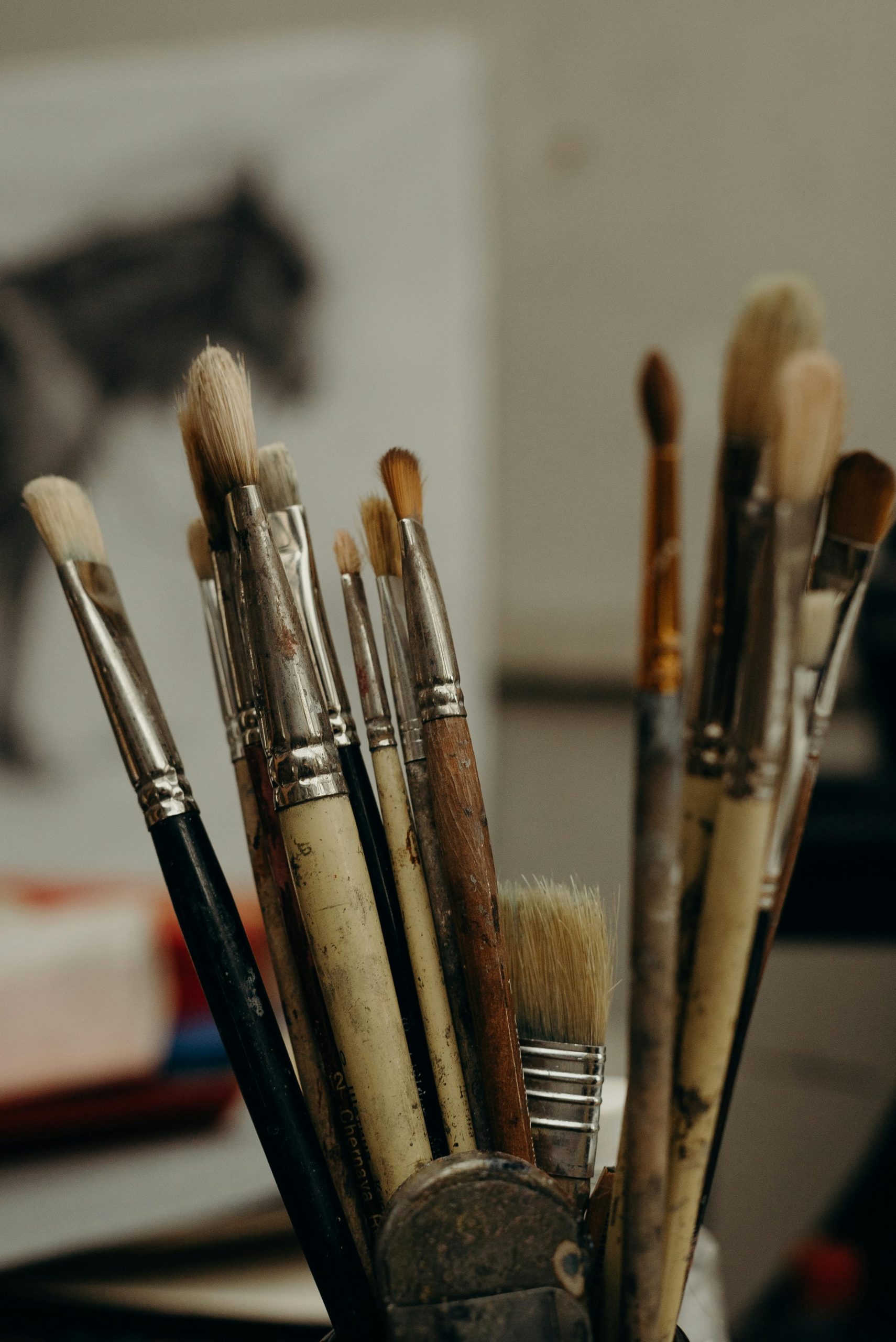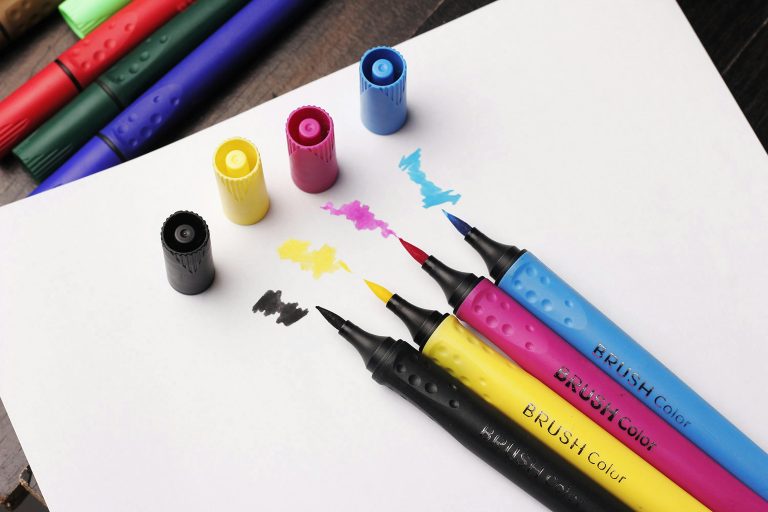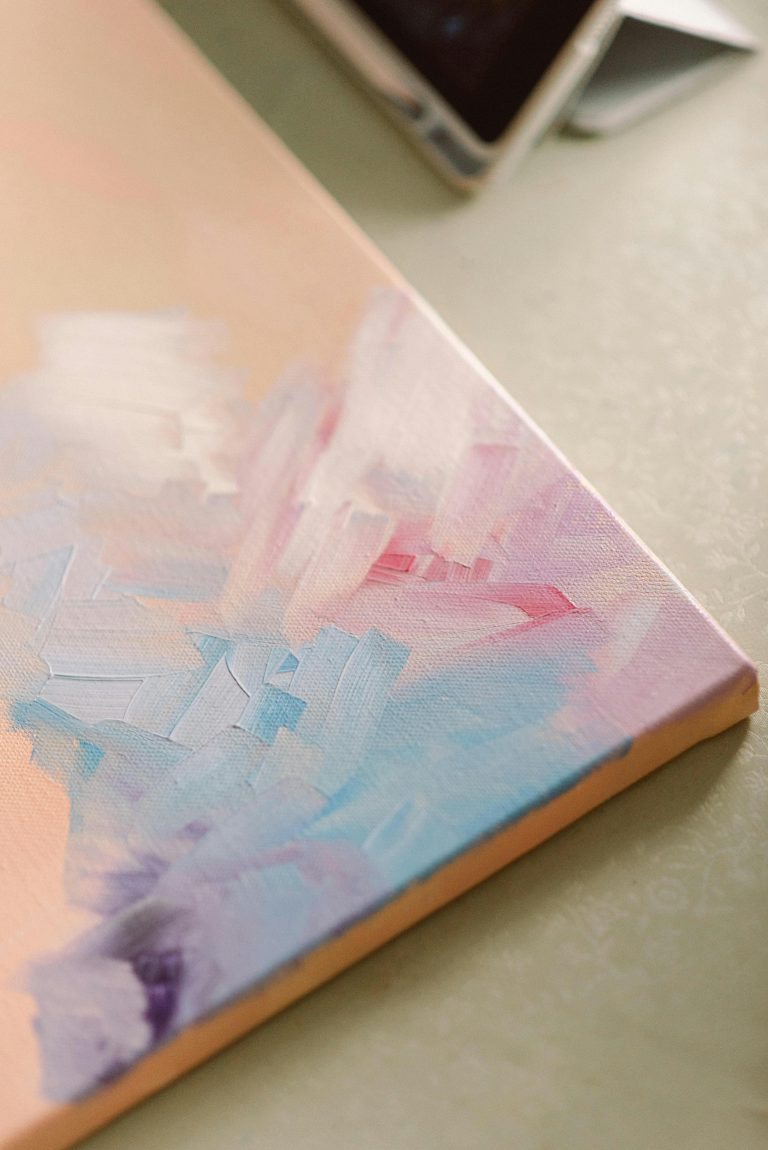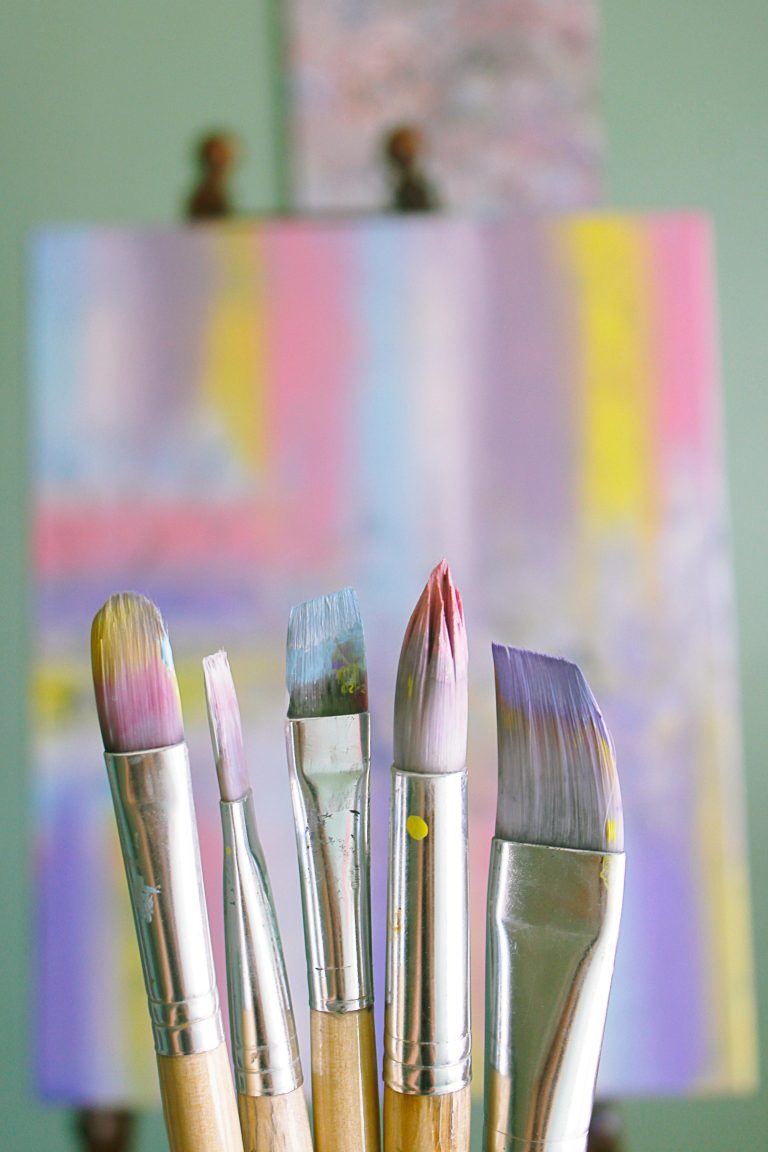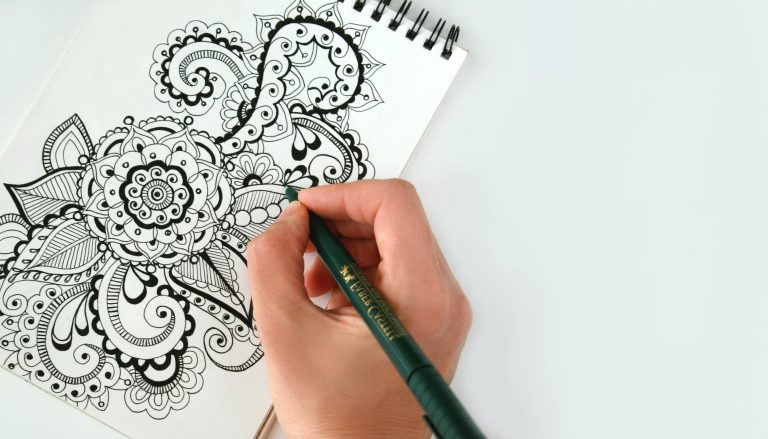Why Painting Is So Therapeutic Sometimes healing doesn’t look like talking—it looks like color
There’s something quietly powerful about dipping a brush into paint and making a mark on a blank surface. It’s simple. It doesn’t require conversation, planning, or even a reason. And yet, it often leads to something deeper: a sense of release. That’s why painting has become one of the most comforting outlets for people dealing with stress, sadness, or just the overwhelming weight of being alive. It’s not just a creative act—it’s a therapeutic one.
You don’t need to be an artist to feel the shift. You just need to let yourself be present.
The Body Responds to Calm Movements
Therapy isn’t always about talking. Sometimes it’s about action. The slow, repetitive motion of painting—moving the brush, watching colors blend, layering strokes—naturally soothes the nervous system. It slows down your breathing. It helps your shoulders drop. Your brain begins to settle.
The simple act of making something with your hands reminds your body that it’s safe. That it’s okay to soften. You’re not being judged. You’re not being rushed. That physical peace starts to influence your emotional state, even if you weren’t aware of how tense you were before.
No One Interrupts the Canvas
When you’re feeling overwhelmed, it’s hard to explain what’s going on. People ask what’s wrong, but sometimes you don’t know how to answer—or you don’t feel like being heard. The canvas is different. It doesn’t talk back. It doesn’t try to fix you. It just listens.
Painting gives you a place to externalize things you’ve been carrying inside. Whether it’s a swirl of chaos or a burst of light, your feelings get to exist in a space outside of your body. And that release can be incredibly healing.
Painting Helps You Process Without Pressure
A lot of therapeutic methods require you to analyze or explain. Painting doesn’t. It allows you to explore emotions through color, texture, and rhythm instead. You don’t have to know what you’re feeling. You don’t have to name anything. You can just let your hands move and trust that something inside you knows what to do.
That’s one of the reasons painting is often used in trauma recovery and emotional regulation. It doesn’t force clarity. It offers space. A soft landing for thoughts and experiences that are too complex to put into words.
It Builds Confidence Quietly
The more you paint, the more you realize you’re capable of creating something from nothing. Even if it’s just a messy blend of colors, you made it. That small act of creation builds confidence. It reminds you that your voice, your instincts, your choices—they matter. They exist. And that realization, over time, can shift how you view yourself outside the canvas too.
Painting gives you a sense of ownership over your emotions. You’re not just sitting with them—you’re turning them into something you can see, touch, and understand.
You Begin to See Your Growth
Looking back on old paintings can be emotional. You see versions of yourself—days when you were hurting, days when you felt hopeful again, days you didn’t even remember were heavy until the colors showed you. Your paintings become a timeline of emotional growth. A quiet record of everything you survived.
They don’t have to be beautiful. They just have to be real.
Final Thoughts: Healing in Every Stroke
Painting is a reminder that healing doesn’t always have to be loud. It doesn’t have to be dramatic or life-changing in one moment. Sometimes, it’s slow. Gentle. One brushstroke at a time. A place to return to when things get too loud. A practice of giving yourself permission to feel—without shame, without explanation.
If your heart needs softness, try painting. You don’t have to be good at it. You just have to show up. The canvas will hold the rest.
For more ways to slow down and reset, keep coming back to SootheSync.
